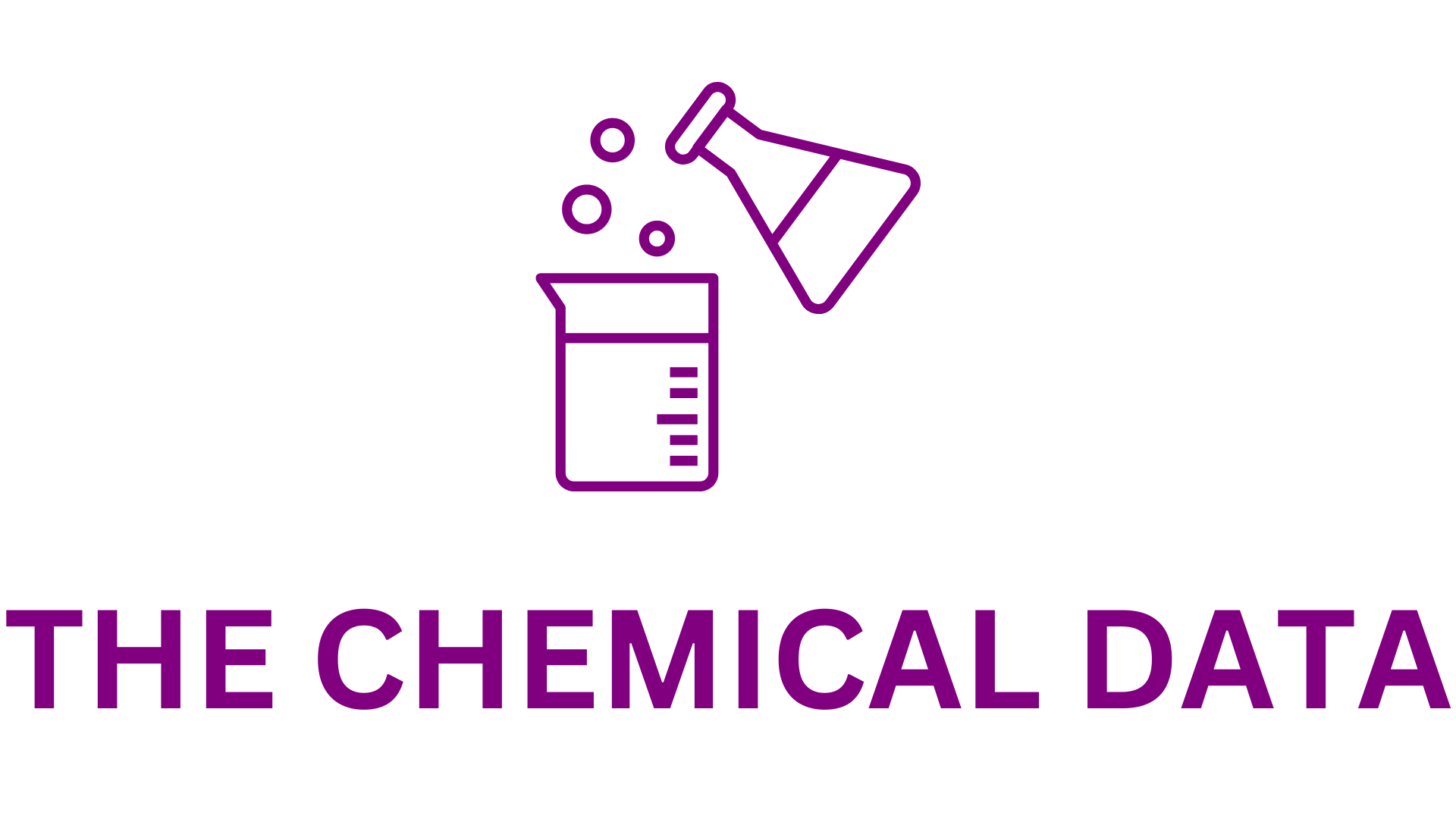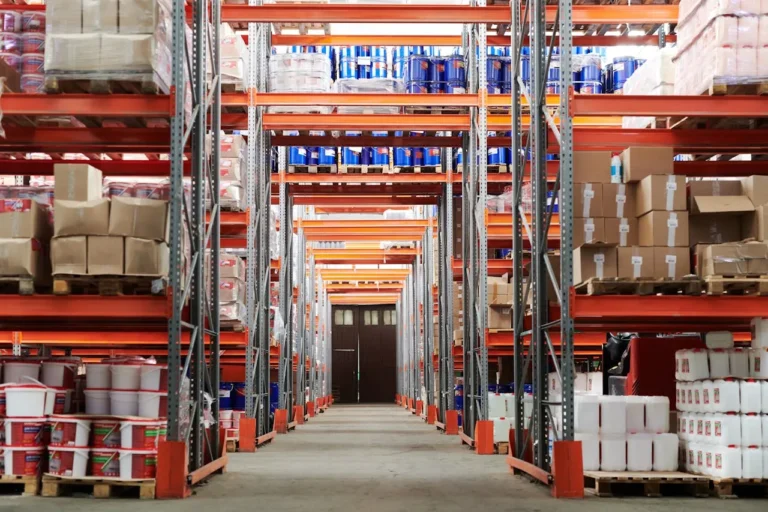
Syngenta Group Announces Third Quarter and Nine-Month 2025 Financial Results
Syngenta Group today announced its financial results for the third quarter and the first nine months of 2025, reflecting continued profitability improvements driven by innovation, operational discipline, and strategic portfolio management.
Group Performance
Sales for the third quarter of 2025 were $6.4 billion, down 6% year-on-year and 7% lower at constant exchange rates (CER). Despite the decline in revenue, EBITDA increased by 28% (35% at CER), underscoring the Group’s focus on cost control and efficiency.
For the first nine months of 2025, sales reached $20.9 billion, a 2% decrease year-on-year (-1% at CER). However, EBITDA rose 25% (31% at CER) to $3.4 billion, reflecting stronger profitability across key business units. The decline in sales primarily resulted from a planned reduction in China’s grain trading business.
The Group’s EBITDA margin improved significantly to 16.5%, compared to 12.9% in the same period last year — an increase of 3.6 percentage points.
Syngenta Group’s ongoing investments in research and development, innovation, and operational excellence continued to yield results. The combination of disciplined cost management, enhanced productivity, and a balanced global portfolio strengthened profitability and reinforced the Group’s commitment to sustainable, long-term growth.
Syngenta Crop Protection
Syngenta Crop Protection delivered robust performance, with sales 3% higher year-on-year at $9.8 billion (+5% at CER) in the first nine months of 2025. Market conditions continued to improve, with higher volumes offsetting pricing pressure across several regions.
In regional terms, sales rose 6% in both Europe and Asia, the Middle East & Africa (excluding China). China maintained strong momentum, recording 7% growth year-on-year. Despite farmers’ profitability challenges, North America achieved a 3% sales increase, supported by new high-performing herbicides and fungicides. Brazil posted 2% growth, driven by the success of PLINAZOLIN® technology.
Conversely, the LATAM region faced headwinds from drought in Mexico and price pressure in commoditized crop protection segments, particularly in Argentina, resulting in a 7% sales decline.
The biologicals business sustained double-digit sales growth, propelled by strong volume expansion during the first nine months.
Syngenta Crop Protection secured more than 1,200 product approvals in 2025. Key highlights included the launch of SEGURIS® Evo and VESTORIA® Pro insecticide in India — the latter introduced 12 months ahead of schedule. The ADEPIDYN® technology expanded its global footprint, reaching its 61st country registration in the Philippines. In Brazil, three new major registrations featuring TYMIRIUM® technology enhanced farmers’ disease and nematode control options across multiple crops.
Syngenta Seeds
Syngenta Seeds generated $3.3 billion in sales during the first nine months of 2025, up 1% year-on-year (2% CER).
In field crops, Brazil reported a 13% increase, and LATAM sales rose 20%, fueled by a strong corn recovery in Argentina. China grew by 3%, while Asia, the Middle East & Africa declined 2%. North America and Europe saw sales decreases of 5% and 6%, respectively. Vegetable Seeds grew 3%, while Flowers sales were slightly lower at -1%.
The Seeds business accelerated its innovation strategy by integrating AI-driven models into its R&D pipeline, enhancing decision speed and success rates. In hybrid cereals, Syngenta advanced its first two X-TERRA® wheat hybrids to commercial status in France (2026), with launches in the UK (2027) and Germany (2029) on schedule.
Hybrid rice also achieved major milestones, with Indonesia launching its first product and Vietnam introducing its third hybrid of the year. In Argentina, corn sales rebounded after last year’s corn stunt disease, and sunflower volumes rose on increased acreage. Brazil launched four new products in the recent Safrinha cycle, while North America, in partnership with M.S. Technologies, announced a new soybean trait stack offering unprecedented tolerance to multiple active ingredients.
In China, the Seeds business earned a spot among Fortune’s 2025 China Top 50 Tech Companies, marking the only agricultural company on the list.
Syngenta Vegetable Seeds also announced a strategic collaboration with Heritable Agriculture to apply AI in predicting region-specific top-performing varieties. The business hosted its annual innovation showcase in the Netherlands, presenting 400 vegetable varieties to 2,000 growers and industry leaders from 62 countries, alongside the inaugural “Future of Veg” event series in the United States.
Syngenta Group China
Syngenta Group China recorded $6.5 billion in sales, down 11% year-on-year (-11% CER) due to the ongoing reduction in grain trading and pricing pressures.
However, several key segments showed growth: Seeds and Branded Formulations each rose 4%, Crop Nutrition grew 6%, and Yangnong Chemical increased 14%. The grain trading business declined 63%, reflecting the Group’s strategic shift away from low-margin activities.
The Seeds business in China achieved 111 new trait certifications and was recognized as the top commercial seed seller by the National Agro-Tech Extension and Service Center, with three varieties ranked among the top 10 nationally.
Syngenta’s Modern Agriculture Platform (MAP) continued its digital transformation, highlighted by the launch of “iMAP”, an AI-driven service platform for farmers. The “Bio+” portfolio saw strong growth, and the Nantong facility completed manufacturing targets ahead of schedule, beginning assembly one month early.
ADAMA
ADAMA reported $3.0 billion in sales for the first nine months of 2025, matching last year’s level in a stabilizing post-patent market. Profitability continued to strengthen under the company’s “Fight Forward” transformation plan, marking the sixth consecutive quarter of year-on-year EBITDA growth.
Regional performance varied: North America led with a 15% sales increase, while Europe, Africa & the Middle East fell 1%, Latin America declined 2%, and Asia Pacific (excluding China) dropped 18%, aligned with ADAMA’s strategy to reduce commoditized exposure. China posted a 4% increase.
Under its transformation plan, ADAMA continued optimizing its portfolio mix toward value innovation, delivering greater value to stakeholders. Notable product introductions included FERRABAIT® in New Zealand and COSAYR® in Canada, Hungary, and Argentina (as CARTADO®). The company also secured approval for PORAFAM®, its first Aminopyralid-based formulation in Europe.
Source Link : https://www.businesswire.com/news/home/20251030052739/en/Syngenta-Group-Reports-Q3-2025-Results







